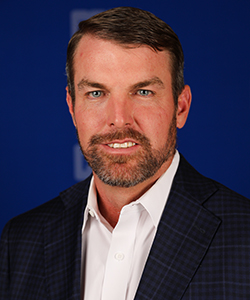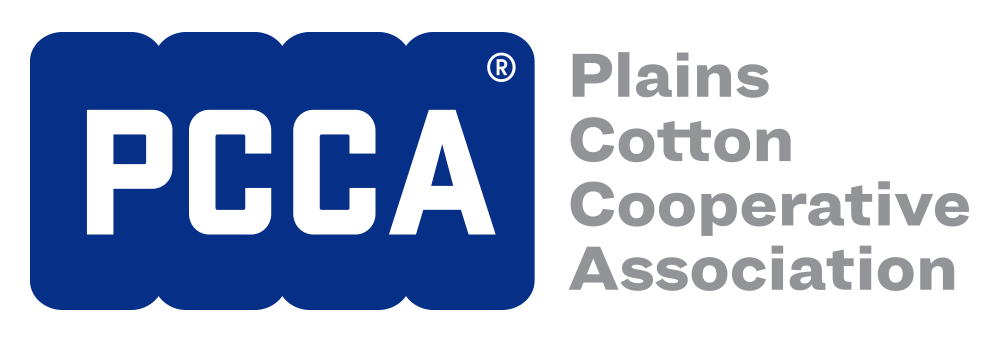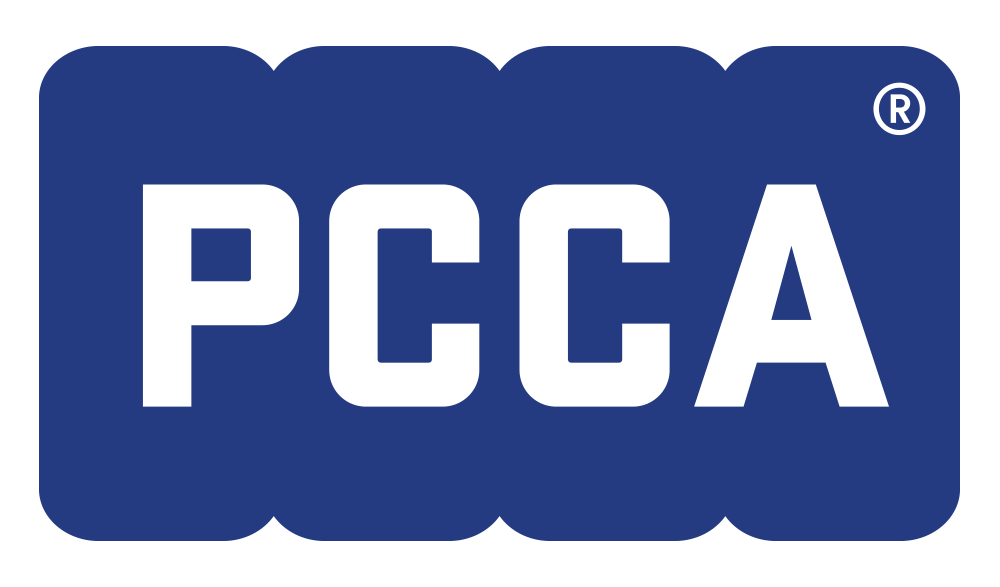 By Dane Sanders, PCCA Board Member, District 4 – Floydada, Texas
By Dane Sanders, PCCA Board Member, District 4 – Floydada, Texas
Before we get into the detailsnof this column, I’d like to set thenstage for what we’ll discuss. As I write this, the December contract for cotton is at $0.68/lb. That’s seven cents below what I need to break even, assuming an average year of production in my operation. That means we will lose roughly seven cents for every pound of cotton we produce. That’s never a good feeling, but despite it, we keep going.
Interestingly, farmers are among the few who buy at retail and sell at wholesale. How is that the case when less than 2% of the world’s population is working to feed and clothe millions of others? I don’t have the answer, but I know something needs to change before there’s no one left to do it. On one hand, nothing about the current situation in the cotton economy is sustainable. On the other hand, stopping production completely isn’t an option either. If we can cover our fixed costs and most of our variable costs, we are better off than stopping production altogether. Eventually, we must see higher commodity prices or lower input prices to stay in business.
That’s far easier said than done, especially when nature and economic factors work against us simultaneously. Most farmers in our region are coming off a challenging year. The 2024-25 crop year presented one of the worst droughts in recent history and unprecedented economic turmoil. Starting the 2025 crop year with commodity prices significantly below our breakeven point and recent losses from the previous year is a bad combination. We need a rebound in commodity prices and above-average yields to make a profit even in good years.
Farmers live and die by the weather. In the last few years on the South Plains, we have started with enough moisture to get a crop going, but have been severely impacted by the extremely hot and dry months of July and August. We are deficit irrigators on our irrigated acres, meaning we don’t have enough water to make a crop with irrigation water alone. On our dryland acres, we are solely dependent on rainfall. Unfortunately, we’ve seen the last three crops start strong and slowly waste away in the late summer because of the lack of rainfall when the crop needed it most.
It’s great to have enough rain to get a crop up, but we really need those mid to late summer rains to keep it strong. We haven’t seen those in a long, long time. On top of that, so many of our farming inputs are imported. Chemicals, fertilizers, fuel, and parts comprise the global supply chain. This means that many of them are imported. We also export the vast majority of what we produce. Import tariffs increase our input costs, and the cotton we produce must go overseas to be processed in a foreign country. Those countries are all wary of buying U.S. cotton because of the fluid tariff situation. Why would they purchase U.S. cotton, process it into clothing, and then be charged huge import tariffs by the U.S. to ship and sell it back to us?
In reality, there are so many things out of our control. We can’t control what the market does or what our inputs cost. We can’t control the weather. As a farmer, you have to be able to roll with the punches. You can do everything perfectly right, and one storm or market shift can still bring you to your knees. However, I have found that if you persevere and work hard, chances are you can survive and support your family. Sometimes, everything does work out right, and you can sit back at the end of the year and say, “Wow, we set out to accomplish the goal we set, and it feels great that we did.”
As farmers, we want things to be good and right today so that tomorrow can be built on an even better foundation. I truly hope the next generation of farmers pushes through the difficult times. A career in farming is a lot like a rollercoaster. There are many ups and downs, and you must learn to appreciate the good times to survive the hard times. Fortunately, we are generally an optimistic group of people, always looking forward to next year.
Wayne Gretzky (one of the best hockey players of all time) famously said, “I skate to where the puck is going to be, not where it has been.” The next generation needs to be willing to embrace new ideas, technologies, agronomic practices, and marketing strategies. A friend recently said that if he were still farming the way his grandfathers did, he would be out of business. For reference, his grandfathers were excellent farmers, but his business, like mine, has had to evolve to remain economically viable. The next generation will have to continue to adapt and innovate to survive.
Markets, weather, and costs always matter to farmers, but today, they matter more than ever. Yes, good years and bad years come and go. One key element of surviving is finding good partners that you can trust, whether it’s agribusiness providers, local gins, or places like PCCA that you feel comfortable doing business with. A trusted, consistent partner is more important than anything, especially when everything else feels uncertain. They bring stability when markets swing, when rain doesn’t fall, and when costs spike. In the end, it’s those relationships that can make the difference between just getting by and moving forward with hope.


